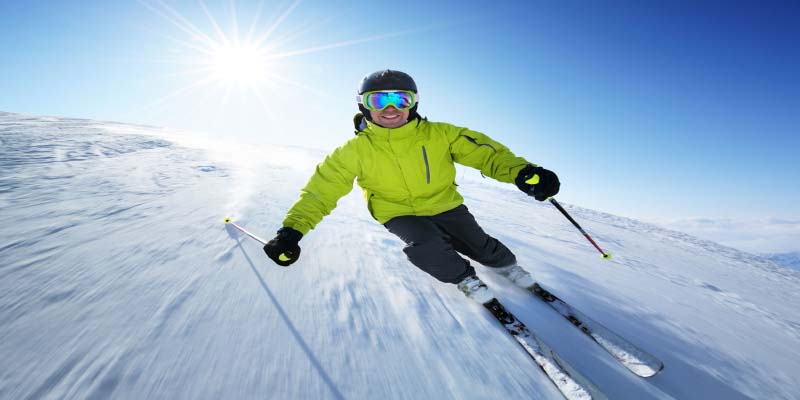Skiing is not just a sport; it’s an exhilarating adventure that combines physical activity with breathtaking scenery. From gliding on fresh powder to carving down steep slopes, skiing offers a unique blend of thrill and tranquility. Whether you’re a seasoned pro or a curious beginner, there are always new secrets to uncover about this fascinating winter pastime. In this blog post, we will dive deep into the world of skiing, exploring techniques, gear, safety tips, and training strategies that can enhance your experience on the slopes.
Skiing Guide for All Levels: From Beginners to Pros
Every skier starts their journey somewhere, and understanding the different levels is crucial for enjoying this sport to the fullest. The skiing community is vast and welcoming, with opportunities for everyone from the timid novice to the bold expert.
Understanding Skiing Levels
When it comes to Sport, categorizing skill levels allows skiers to find appropriate trails, connect with others at their level, and avoid potential hazards.
Beginners are typically those who have little to no experience on skis. They often seek lessons to learn basic maneuvers and familiarize themselves with equipment. This phase is all about gaining confidence and comfort on the snow.
Intermediate skiers possess a fundamental ability and have likely mastered basic turns, stops, and control while navigating easy to moderate runs. They are ready to take on more challenging terrains and refine their skills.
Advanced skiers exhibit technical proficiency, tackling difficult runs with finesse. They enjoy pushing their limits, whether through speed or by exploring varied snow conditions. With experience comes the ability to adapt techniques, making them versatile skiers capable of handling diverse scenarios.
Progressing Through the Levels
The transition from one level to another in skiing is both exciting and challenging. As you move from beginner to intermediate, you’ll start focusing on refining your techniques. This includes mastering parallel turns and learning how to adjust your body position depending on the slope’s gradient.
A significant aspect of your progression will be your willingness to step out of your comfort zone. Pushing your limits doesn’t mean rushing into extreme terrain; it involves gradually increasing your challenges. For instance, if you’ve been comfortable on green (easy) runs, try venturing onto blue (intermediate) runs when you feel ready. With every successful experience, your confidence grows, allowing you to tackle more demanding slopes.
Finding Your Skiing Community
Another essential element of progressing in skiing is connecting with fellow enthusiasts. Joining ski clubs, attending events, or enrolling in group lessons can greatly enhance your skiing experience. Not only do these communities provide camaraderie, but they also offer support, advice, and shared experiences that can help you improve.
Remember that every skier has unique experiences and perspectives, so sharing stories and learning from others can deepen your understanding of the sport. The environment is usually friendly and encouraging, essentially creating a bond that transcends mere competition.
Choosing the Right Skiing Gear
One of the most critical aspects of skiing lies in selecting the appropriate gear. The right equipment can significantly impact your performance and enjoyment on the slopes. Let’s explore what you need to consider when gearing up for your skiing adventures.
Essential Ski Equipment
At the core of Sport are the essential pieces of equipment: skis, boots, and bindings.
Skis come in various shapes and sizes, engineered for specific skiing styles and terrain preferences. When choosing skis, consider factors such as your skill level, height, weight, and the type of skiing you plan to pursue (e.g., alpine, freestyle, or backcountry).
Boots play a vital role in your comfort and control. A well-fitted boot provides the necessary support while allowing for flexibility. It’s crucial to try on several pairs to find the best fit, as poorly fitting boots can lead to discomfort and even injuries.
Bindings connect your boots to the skis and serve as a safety mechanism. Properly adjusted bindings automatically release during falls, preventing serious injury. Ensure that your bindings are set according to your weight, skill level, and skiing style.
Conclusion
Skiing is an extraordinary sport that invites individuals of all backgrounds to experience the harmony of nature and adrenaline. By understanding the nuances that accompany different skill levels, selecting appropriate gear, mastering essential techniques, prioritizing safety, and committing to physical fitness, you can embark on an enriching journey through the winter wonderland.
